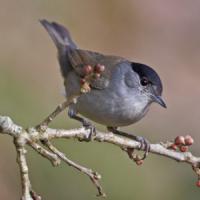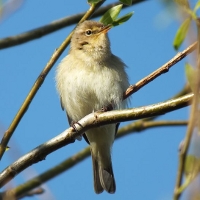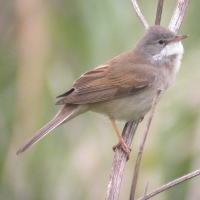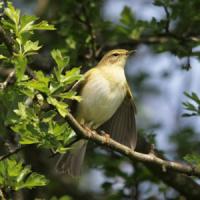- Home
- FAQs
- Customer Video Gallery
- Customer Photo Gallery
- Bird Facts
- Bird Food Blog
- Bird Information
- Feeding Advice
- Small Animal Information
- A to Z of Guinea Pigs
- A to Z of Hamsters
- A to Z of Rabbits
- Basic Care for Guinea Pigs
- Basic Care for Hamsters
- Basic Care for Rabbits
- Basic care for Chinchillas
- Basic care for Ferrets
- Basic care for Gerbils
- Basic care for Mice
- Basic care for Rats
- Buying a Healthy Small Animal
- Does your Reptile need a Licence
- Equipment for Ferrets
- Equipment for Hamsters
- Equipment for Mice
- Equipment for your Chinchilla
- Equipment for your Gerbil
- Equipment for your Guinea Pig
- Equipment for your Rabbit
- Keeping a House Rabbit
- Dog Information
- Cat Information
- Customer Information
- Fat Balls
- Suet Pellets
- Straights
- Seed Mixes
- Suet Treats
- Mealworms
- Bird Feeders
- My Account
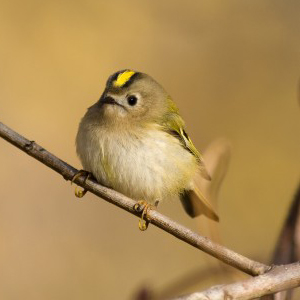
| Scientific Name | Regulus regulus |
| Breeding | late April |
| Fledge Days | 17-18 |
| Incubation Days | 16-19 |
| Lifespan | 2 years |
| Number of Clutches | 2 |
| Number of Eggs | 6-8 |
| Size | 9cm |
| Weight | 4.5 - 7g |
| Wingspan | 14cm |
Bird Family : Warblers and Allies
Goldcrest Facts - Information About Goldcrest
Goldcrest - Regulus Regulus
The Goldcrest is Britain and Europe’s smallest bird, measuring in at 8.5 cm and weighing just 5 grams (a 10p piece weighs 6.5grams!) This also makes it half the weight of the Wren, a bird that most people would call our smallest bird.
Goldcrests are a member of the Warbler Family but unlike the majority of Warblers summering in the UK, Goldcrests are resident breeders. Numbers increase in winter as birds cross the North Sea to escape the Northern European Winter climate.
Identification:
Adults
- Britains smallest bird.
- Adult males and females are superficially similar.
- Goldcrests are tiny birds.
- They appear ‘bull headed’ with very little neck, they give a very rounded impression, like a ball with a short tail and a bill!
- The upperparts and tail are pale olivey green, wings show a white wingbar and white tips to the tertial feathers.
- The head is greyish with an orange/ yellow crown stripe (quite difficult to see) with black border below, face is plain olive grey with dark beady eye, pale eyering and thin dark moustachial stripe.
- The whole of the underparts are pale yellow buff, lightest in colour on the chin and undertail coverts.
- Female shows no orange and reduced yellow in the crown, otherwise the same.
- Bill, very thin and dark. Legs ochre and eye black.
Juveniles
- Juveniles appear from late April onwards and are identical to the adults apart from having a totally plain greyish green head and pale bill.
- The head pattern develops fully by the 1st winter.
- Bill pale and eye black, legs paler.
Status and Distribution
The Goldcrest is a very abundant breeding resident in the UK about a million pairs. The Goldcrest occurs in all counties throughout the UK.
In winter numbers increase to approximately 4 million birds, migrants start to arrive from Northern in September to winter in our less severe climate.
Habitat / Food
Goldcrests occur in many habitat types throughout the UK, however they do prefer conifers and mixed woodlands, in addition to these they will use parks, gardens, hedgerows.
Staple diet consists of aphids and a mix of tiny Insects and spiders. Goldcrests will often hover whilst taking Insects from leaves.
Song / Call
Commonest call note is a thin, loud repeated ‘see-see-see’.
Song is a very high pitched and fairly quiet repeated ‘see teet eelu’.




